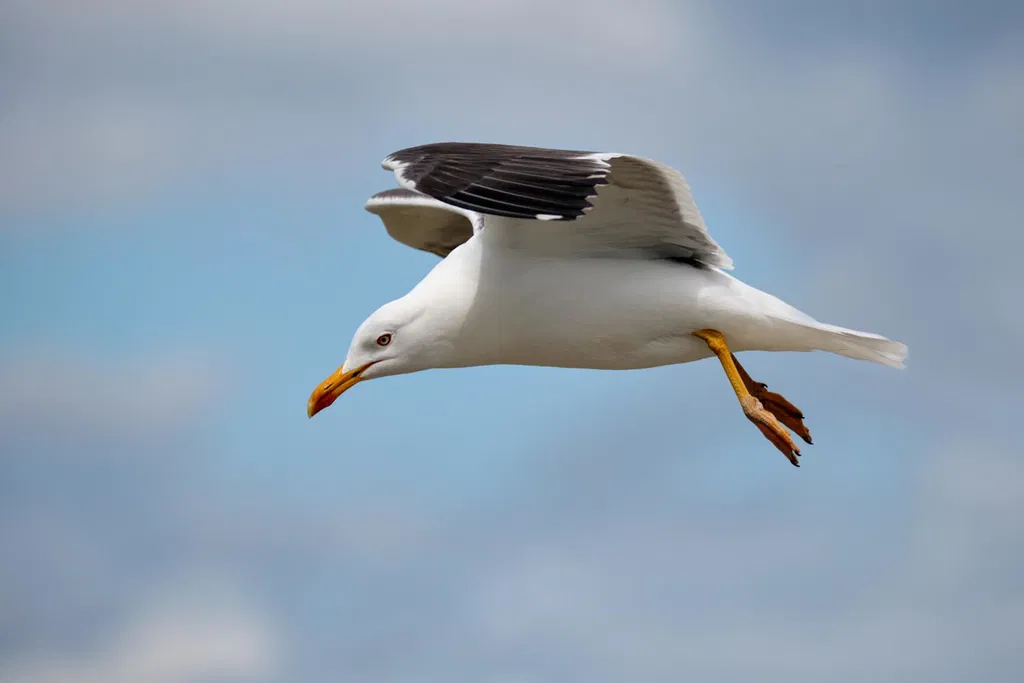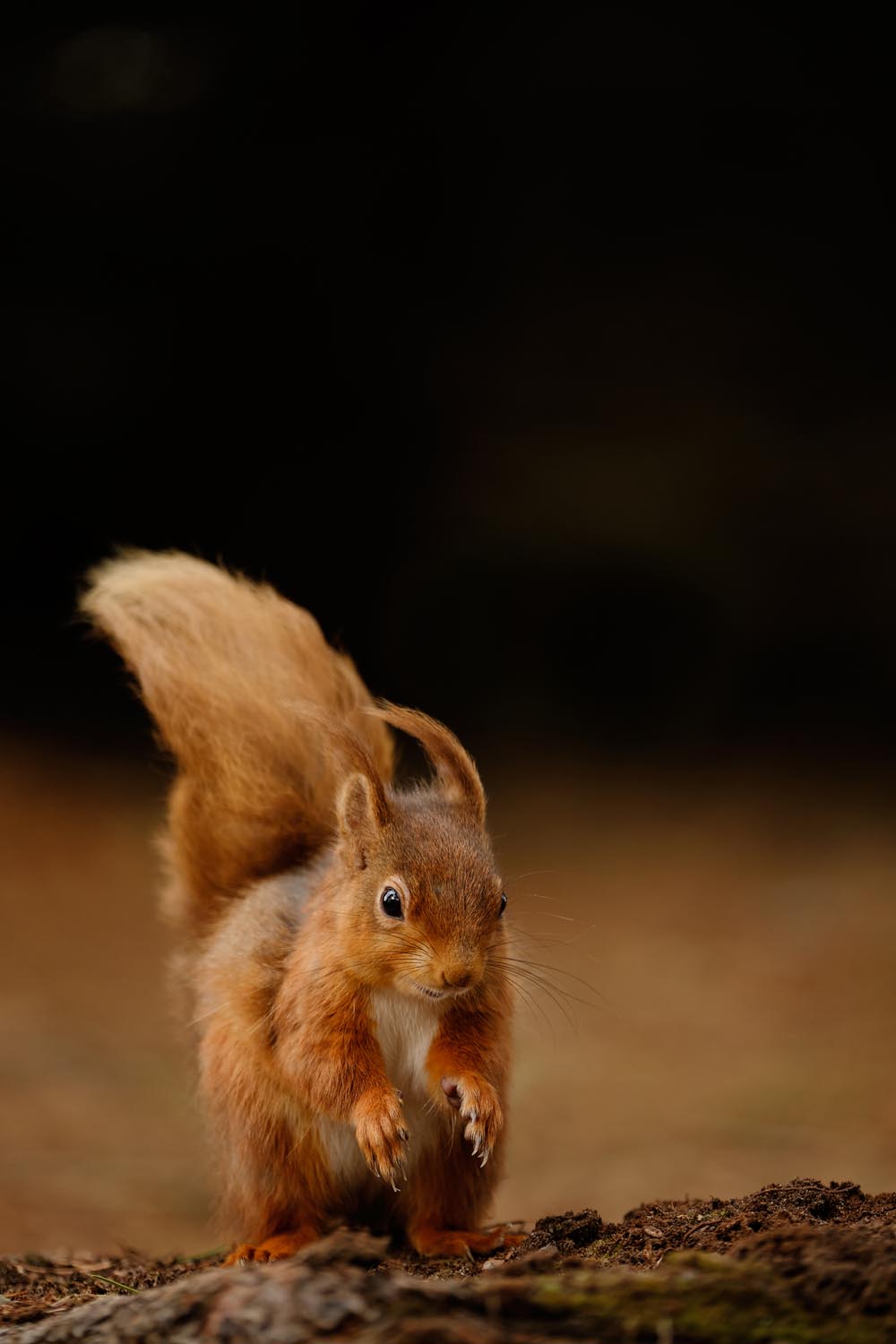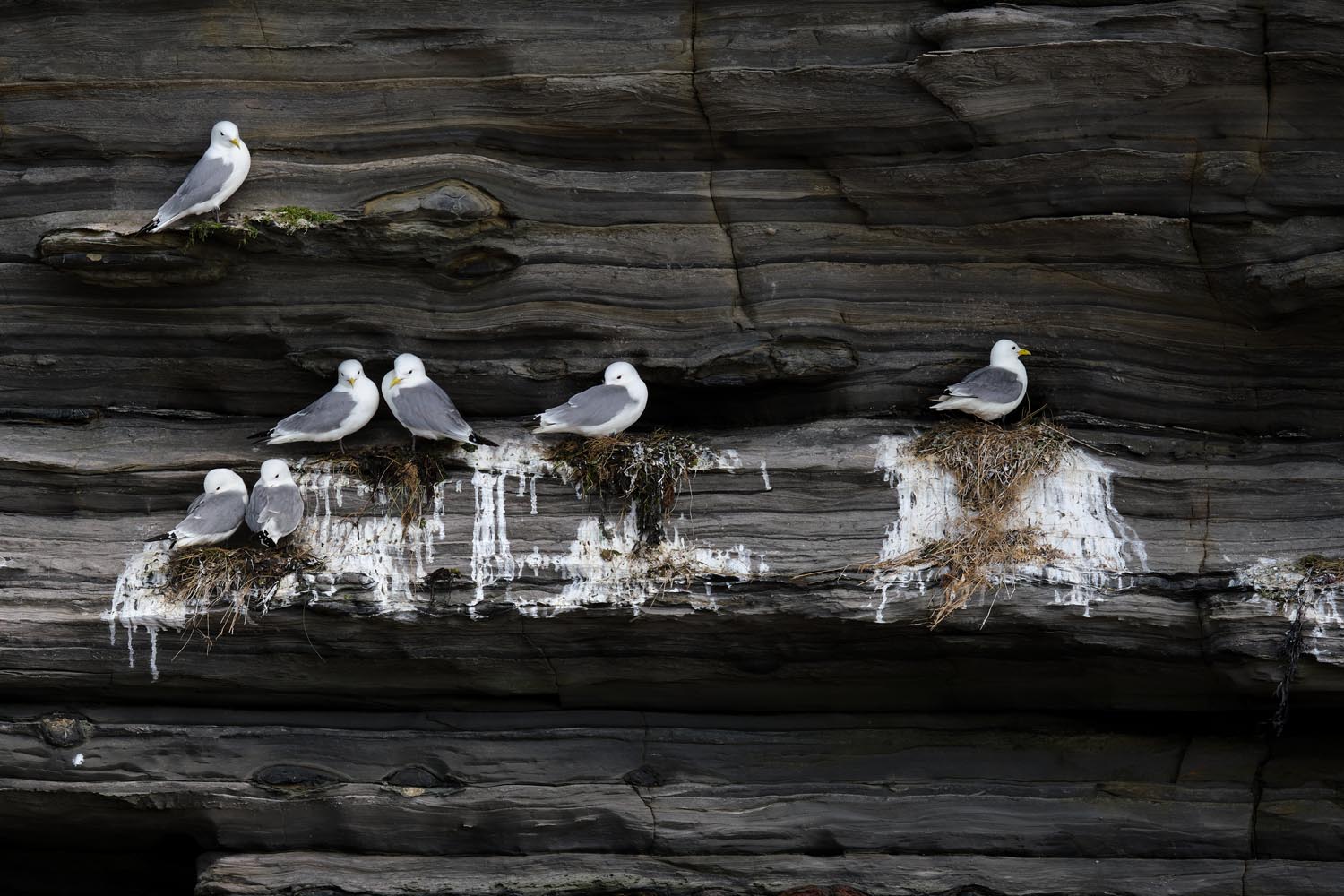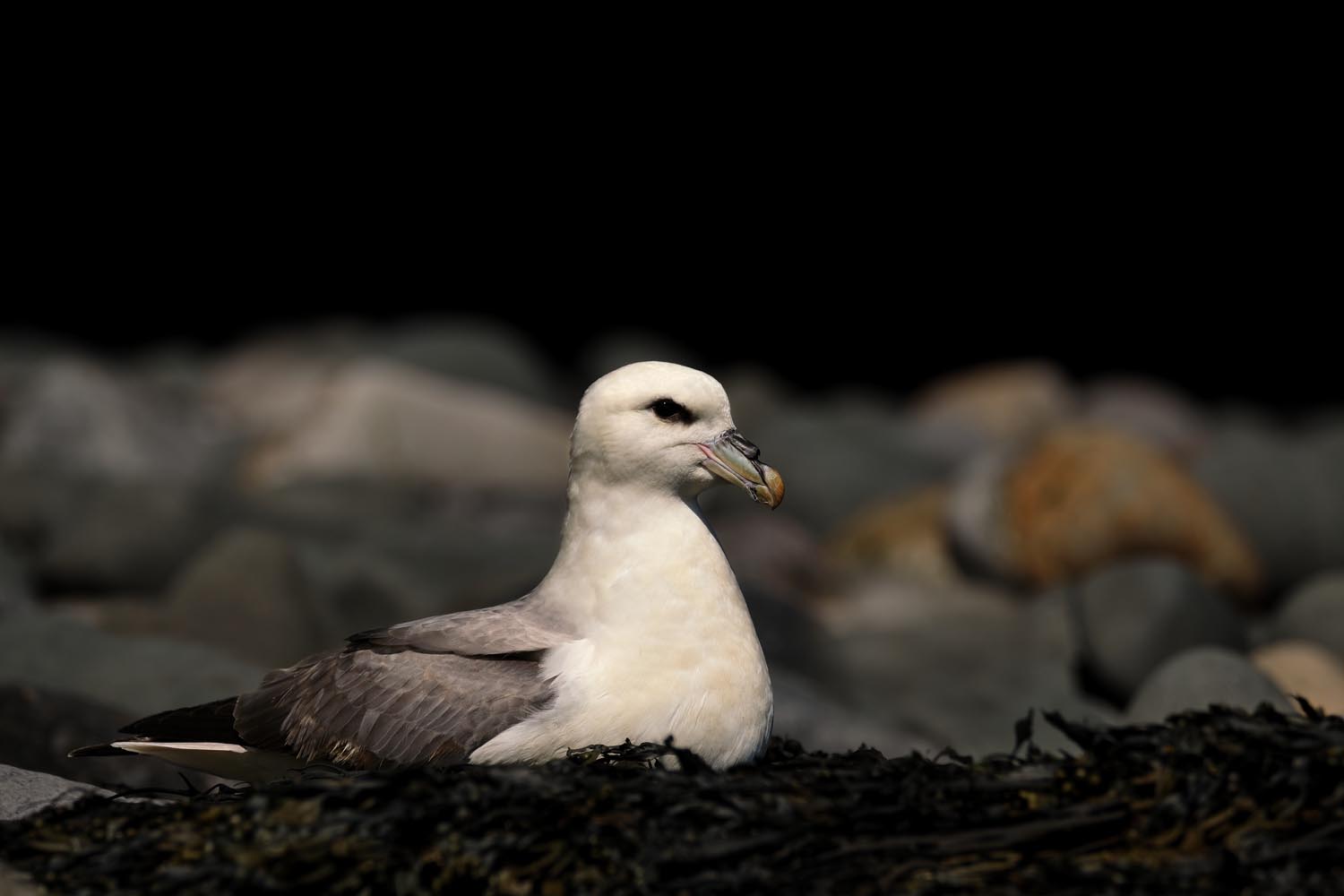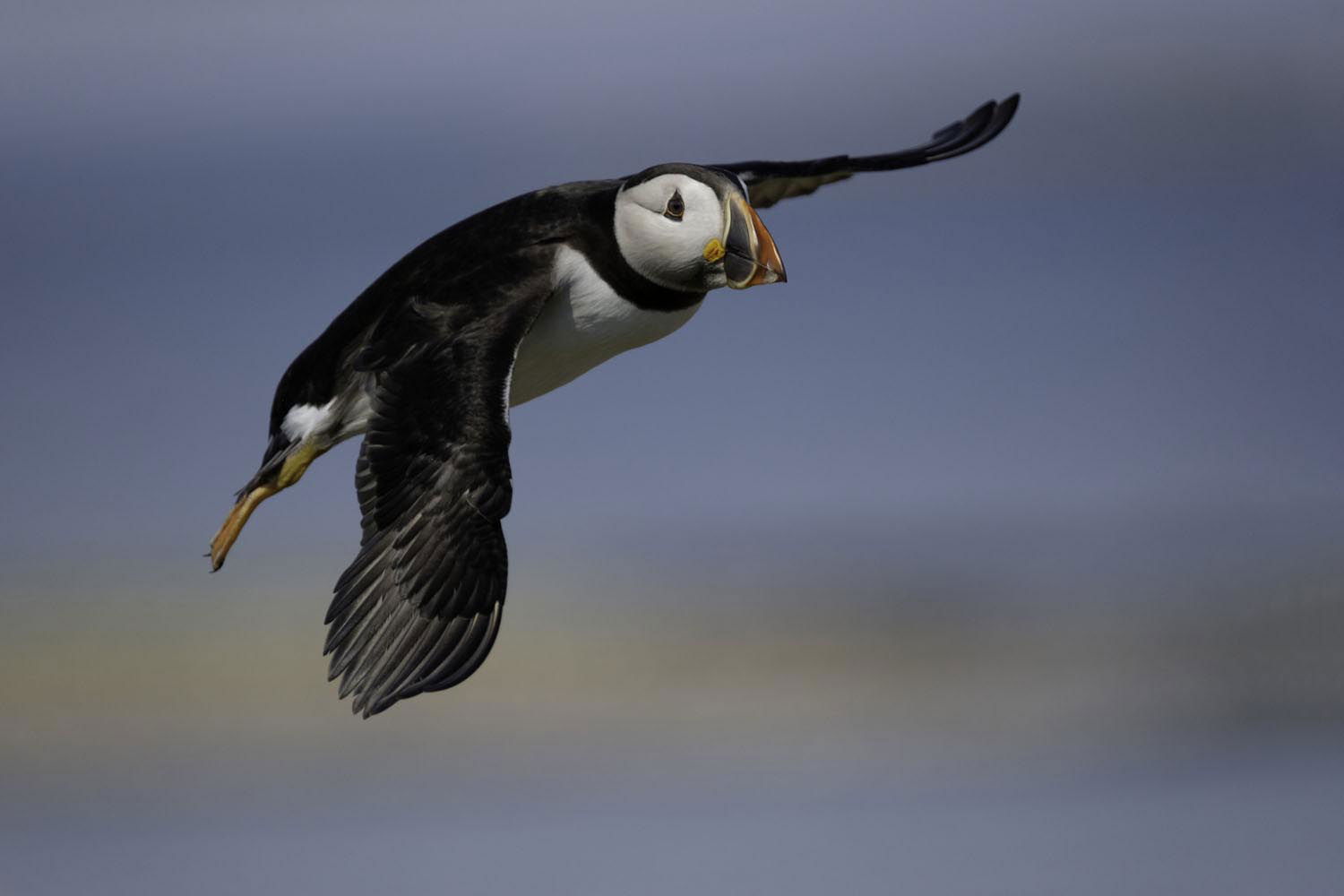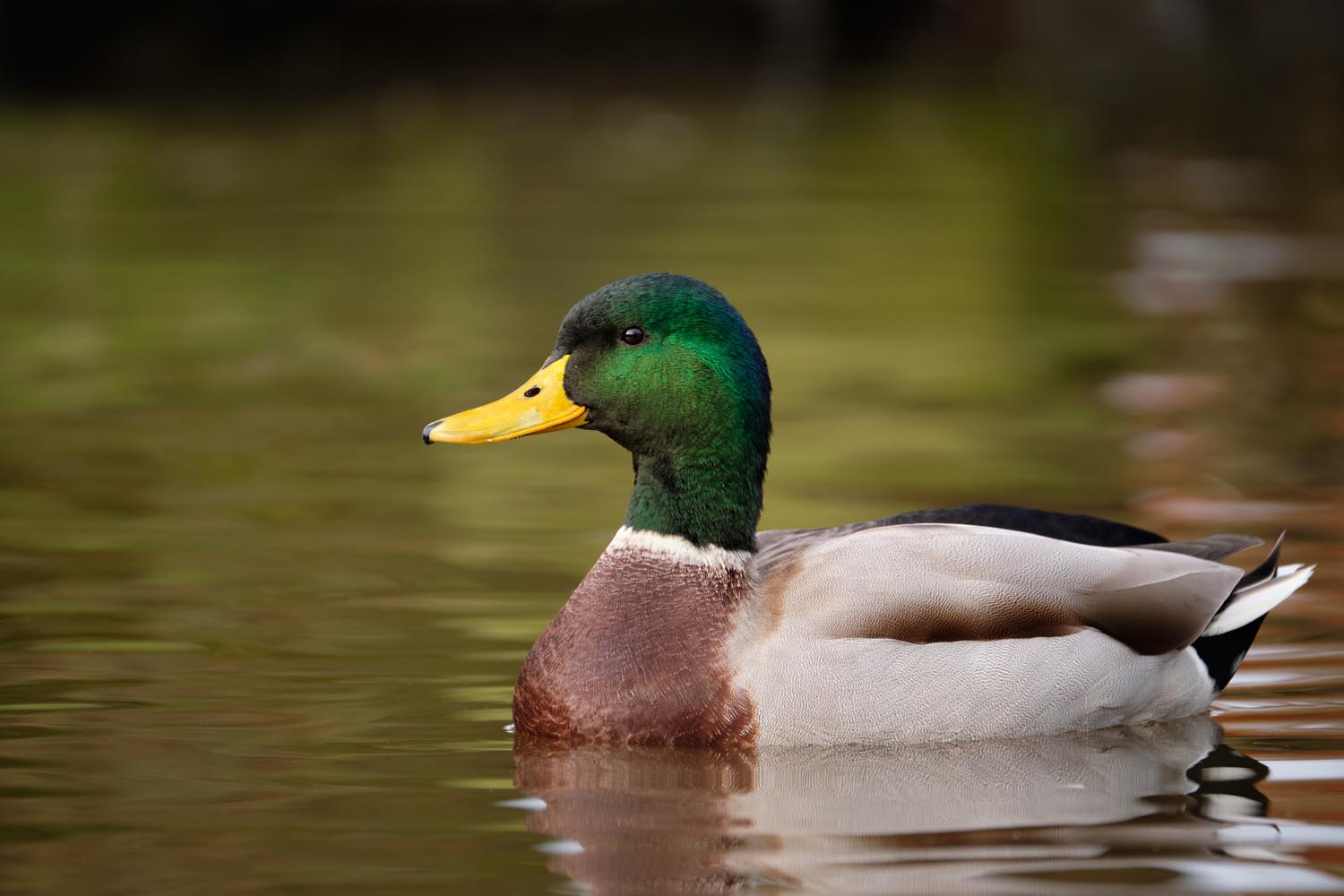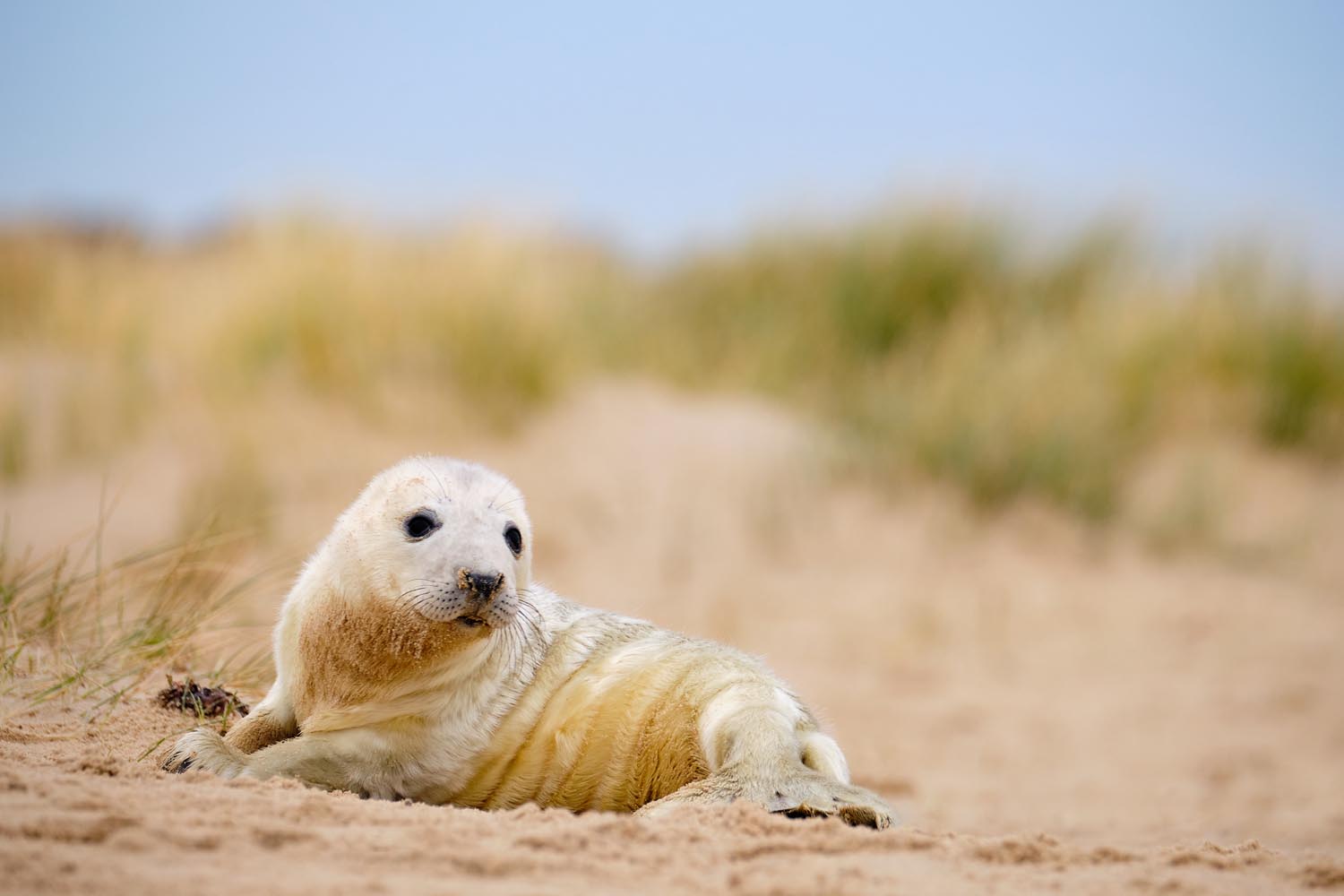From urban gardens and parks, to the countryside on the fringes of town, and local coastlines – in the UK, you don’t have to venture far to photograph a diverse wealth of species. In fact, some of the most intrepid wildlife photographers will have spent time developing their interest and skills by photographing species they could find near their homes.
Finding your subjects
Here in the UK, birds are probably the most accessible and widespread wildlife, and your garden is a great place to start. Put a couple of bird feeders up and it won’t be long before they attract the attention of nesting or passing species.
The great advantage of garden wildlife photography is that you get lots of control over how your images will look, so when placing those feeders, think about where the light is likely to be best, whether the background helps or interferes with the subject, and also about your own shooting position. Set up your feeders near tree branches and the birds can use them as perches – these will be far more pleasing for natural-looking photographs than birds on plastic or metal feeders. The same goes for small mammals that enter your garden, such as squirrels.
If you can, it’s also a great idea to create alternative habitats using piles of deadwood or make a small pond to attract other species. Think of it as creating your own mini nature reserve, primed for your wildlife photography!
By venturing a little further afield, it’s possible to find even more diversity in your subjects. Many city parks are full of larger bird species, like mallards and swans, but scout your local rivers and you may find heron there. As for mammals, many areas of the country have healthy populations of rabbits and small deer, even if you’re sticking close to towns.
If you live near the coast, there are feeding and nesting habitats for a huge variety of birds. Some common species of gull are always present, but look out for the less common species, such as kittiwakes nesting on cliff faces or coastal buildings. On a windy day by the sea, gulls can fly slowly into the wind (but fast in the opposite direction!), which makes them ideal in helping you develop your focusing and panning skills.
If you’re lucky, you may have local habitats favoured by puffins, guillemots, fulmars and terns. Rocky shores also provide habitat for wading seabirds, such as oystercatchers, sanderlings and plovers. And let’s not forget our largest mammal carnivore either; common or grey seals are becoming increasingly abundant around our coastlines.
Finding your subjects is an absolutely crucial part of wildlife photography, especially if you are looking to photograph a certain species. Despite this, it is only a small part of the overall task. Choosing the right gear and getting it set up are the next steps, with plenty of fieldcraft and research throughout.
Getting geared-up
Wildlife photography is synonymous with telephoto lenses. For bird photography, I enjoy and recommend using the brilliant FUJINON XF100-400mmF4.5-5.6 R LM OIS WR lens. The versatile zoom range provides options for frame-filling portraits, as well as composing subjects with an emphasis on their habitat. This lens also works very well with the XF1.4X TC WR teleconverter when even more reach is needed.
Set-up
Manual, shutter priority or aperture priority? There is no absolutely right answer to this, as we all prefer to work in a way that is familiar and intuitive to us. I usually prefer to work in aperture priority so I can maintain creative control over the depth-of-field. I’ll control the shutter speed by changing the ISO and I use exposure compensation to fine-tune the overall exposure.
Alternatively, an increasingly common and effective approach, and one I am trying to adopt myself, is to select an aperture and shutter speed and then use auto ISO to balance the exposure.
Small birds, like those we may find in our gardens, are constantly making small ‘twitching’ movements, so you’ll get sharper shots with more consistency if you can keep your shutter speed at around 1/1000 sec or higher.
When it comes to focusing, I recommend using continuous autofocus (AF-C). This means that as long as you have your finger half-squeezed on the shutter (or the AF-On button), the camera and lens constantly evaluate the subject’s movement and adjust focus accordingly. For perched birds or those moving slowly, I use a single autofocus point. But for faster or more erratic moving subjects, I use zone focusing. For each set-up, I adjust the position of the active focus point/s in the viewfinder to suit my chosen composition.
After such meticulous preparation, the last thing you want to do is miss the decisive moment, and using your camera’s burst mode is a great way to ensure you capture all the action. The FUJIFILM X-T4 shoots at up to 15 frames-per-second with its mechanical shutter and, when combined with a fast shutter speed, this camera makes it possible to freeze details your own eyes and brain can barely register.
Another great advantage of modern mirrorless cameras, like the FUJIFILM X-T4, is that they are capable of giving us so much information about our photography. Exposure needs constant evaluation as we go between photographing differently coloured subjects, like bright white gulls, or black and white puffins, and exposure is also affected as your subject moves in front of brighter or dimmer backgrounds, or when the light changes. For this reason, all of my FUJIFILM cameras are set up to show me live histograms and highlight alerts in the electronic viewfinder (EVF) so I can make adjustments in real-time when I need to.
Fieldcraft and research
By investing in a field guide, you’ll be able to accurately identify the different species you photograph, which can be extremely useful. For example, with knowledge of birds’ different diets and behaviours, you can choose food and feeders that are more likely to attract particular subjects and improve the habitat for them in your garden.
Away from home, by researching species and observing them in the wild, you’ll also begin to learn about their habits. On the bird feeders in my own garden, I’ve noticed certain species of birds are more likely to avoid feeding when another species is present. Birds like common starlings aren’t fussy, and neither are blue tits, but house sparrows will not approach when the starlings are present. By understanding habits like this, you’ll be able to better predict the best time to photograph a certain species and even predict behaviour, such as conflict. Think of it as trying to stay one step ahead – wildlife doesn’t give you much time, so just a couple of seconds advantage can get your lens pointing in the right place before it is too late.
Internet and social media groups are also a great resource to find information about wildlife and photography locations in your area. You may also be able to find out about any rare or unusual species that have been spotted.
Ethics
When working with wildlife, please understand that the welfare of the subject is always more important than the photograph. Avoid playing artificial sounds to lure subjects, keep bird feeders clean with regular washing using a disinfectant, do not disturb nests and keep a safe distance while shooting. Mammals such as seals are easy to disturb, with devastating consequences, especially if they are in rocky areas.
Enjoy!
While it’s always interesting to photograph rare or unusual species, don’t take beautiful and common birds like blue tits and goldfinches for granted. All species have interesting, photogenic features. The common starling has an incredible iridescence, as do magpies and mallards.
Photographing wildlife in your local area can be incredibly rewarding as a learning and developmental experience, as well as for longer-term projects, such as documenting species or habitats for local conservation initiatives. But most of all it is fantastic fun, so get out there and enjoy the beauty that is all around you.

